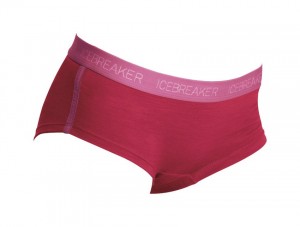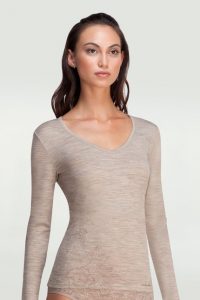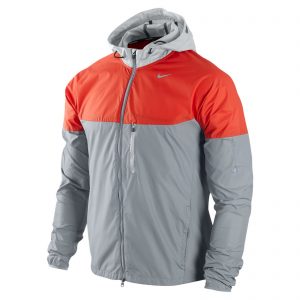By Elizabeth Jenkins
FALL IS HERE! Isn’t fall the most wonderful time of year for running? I love crunching the leaves with my feet, feeling the crisp air in my lungs, and smelling the Autumn air. It is MAGICAL, to say the least.
There is a really easy way to figure out what to wear for the dropping temperatures. It’s called the SVIP layering system. Here are the basics:
Really, the most important goals in dressing for cooler temperatures are to stay dry, stay “warm”, and keep the awful wind off. Use the S-V-I-P system when dressing, shopping for basic running pieces, and even gift-giving. It is a very helpful tool!
S- Support
For women, the support layer is your sports bra and underwear. For men, it means underwear, or as I like to call it, “runderwear”. These pieces should be made of cotton free and wicking material, snug fitting, and supportive. Some styles for men have a wind-proof panel in the front.
V- Ventilation
This layer is worn closest to your skin and often referred to as a base layer. Again and always, fabrics should be wicking and cotton free. Good options for this layer include long or short sleeved fitted shirts. This layer will keep you comfortable in temps as low as 55 degrees. Certain companies make base layers and one of our favorites are Ice Breaker . Merino wool is superior on performance and doesn’t stink!
 I- Insulation
I- Insulation
This is the middle layer which provides the most warmth ( again, non-cotton). This could be a long sleeve top worn over a short sleeve or wool base layer or a running vest thrown over a long sleeve base layer option. For pants, you may choose either a winter tight or looser running pant. Another option is a 3/4 tights for temps in the high 30′s to low 40′s. Looser fitting pants will be much less warm than tights and capris because cold air goes up your leg. In short, embrace the tights.
P- Protection
This layer can be anything to protect you from the elements. A shell for rain, snow or wind, a jacket, a vest, etc. It is not always needed, it just depends on the temperature. Many garments have the insulation and protection layers built into them and these types of tops work great for colder temps.
As a final quick note, get yourself some wool socks, some light weight gloves, a head band or ear warmer, and get out there and brave the elements. Let’s face it, as far as winters go, we are pretty dang lucky here in Utah. We have pretty mild winters most of the time. Don’t believe me, talk to someone from Chicago.




